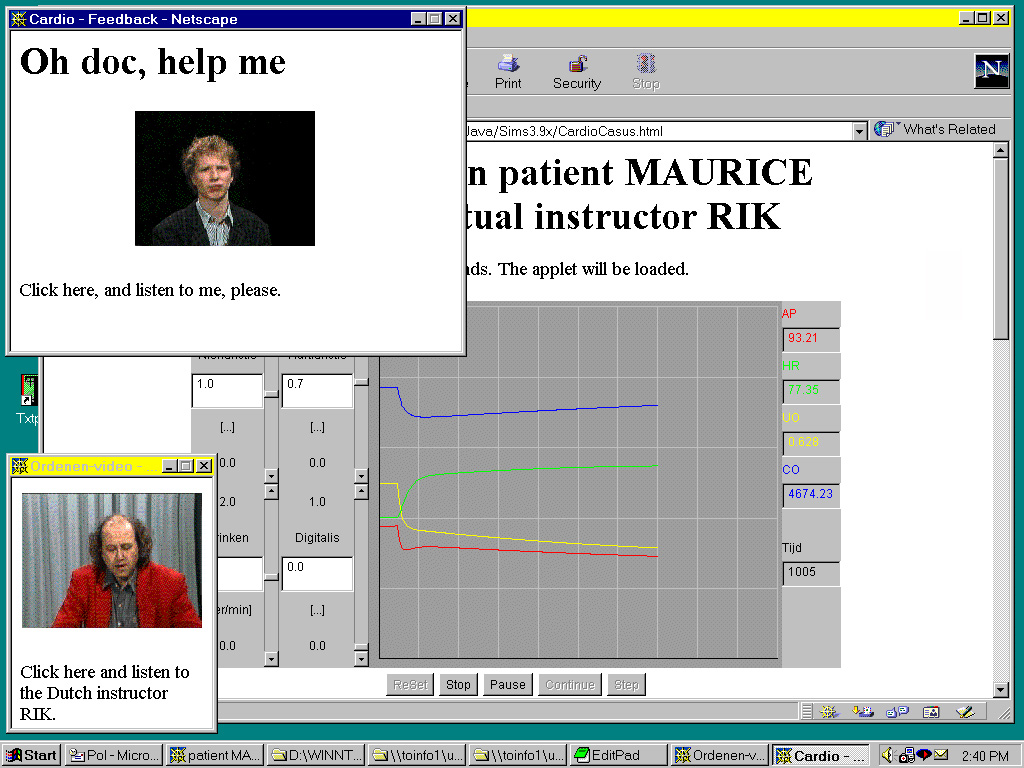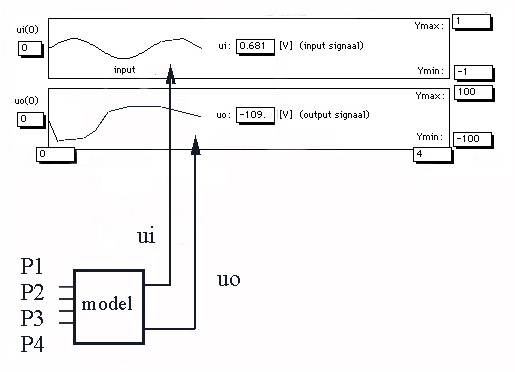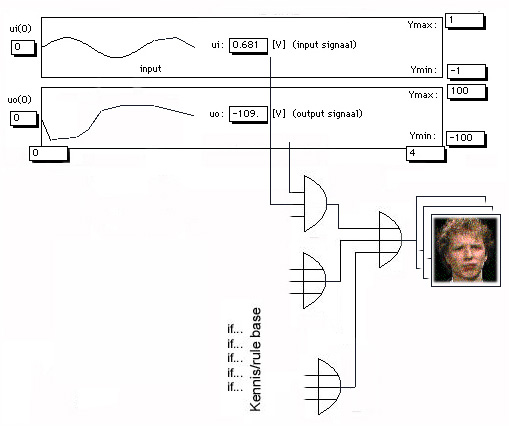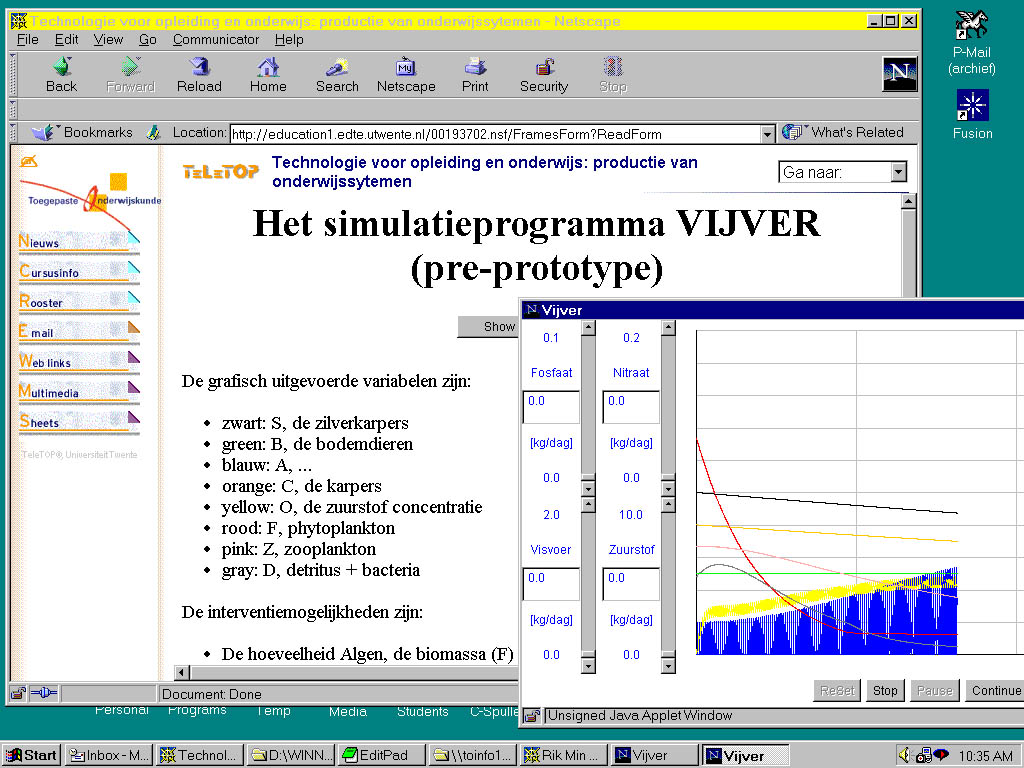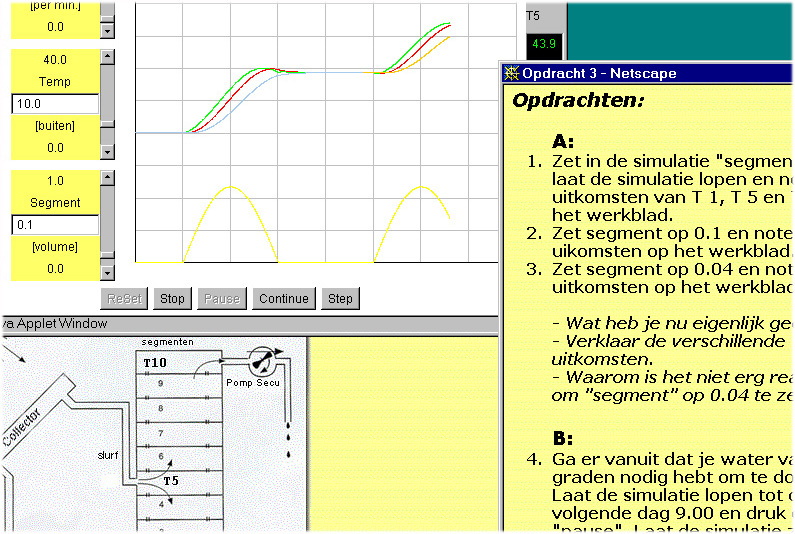Working-, Doing- or Learning-Environments
Designing Dynamical Learning Environments for Simulation: Micro-Worlds & Applets on the World Wide Web
Dr. ir. Rik Min
researcher / designer
Ir. Jan de Goeijen
developer / software engineer
Faculty of Educational Science and Technology (EDTE), University of Twente (UT)
Postbus 217; 7500 AE Enschede, The Netherlands. E-mail: Min@edte.utwente.nl
http://users.edte.utwente.nl/min
